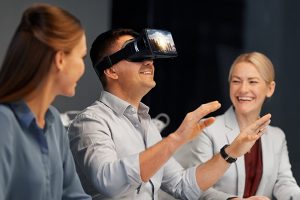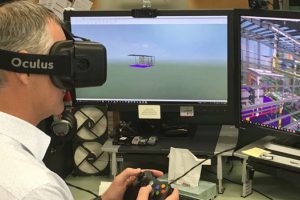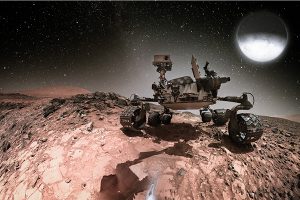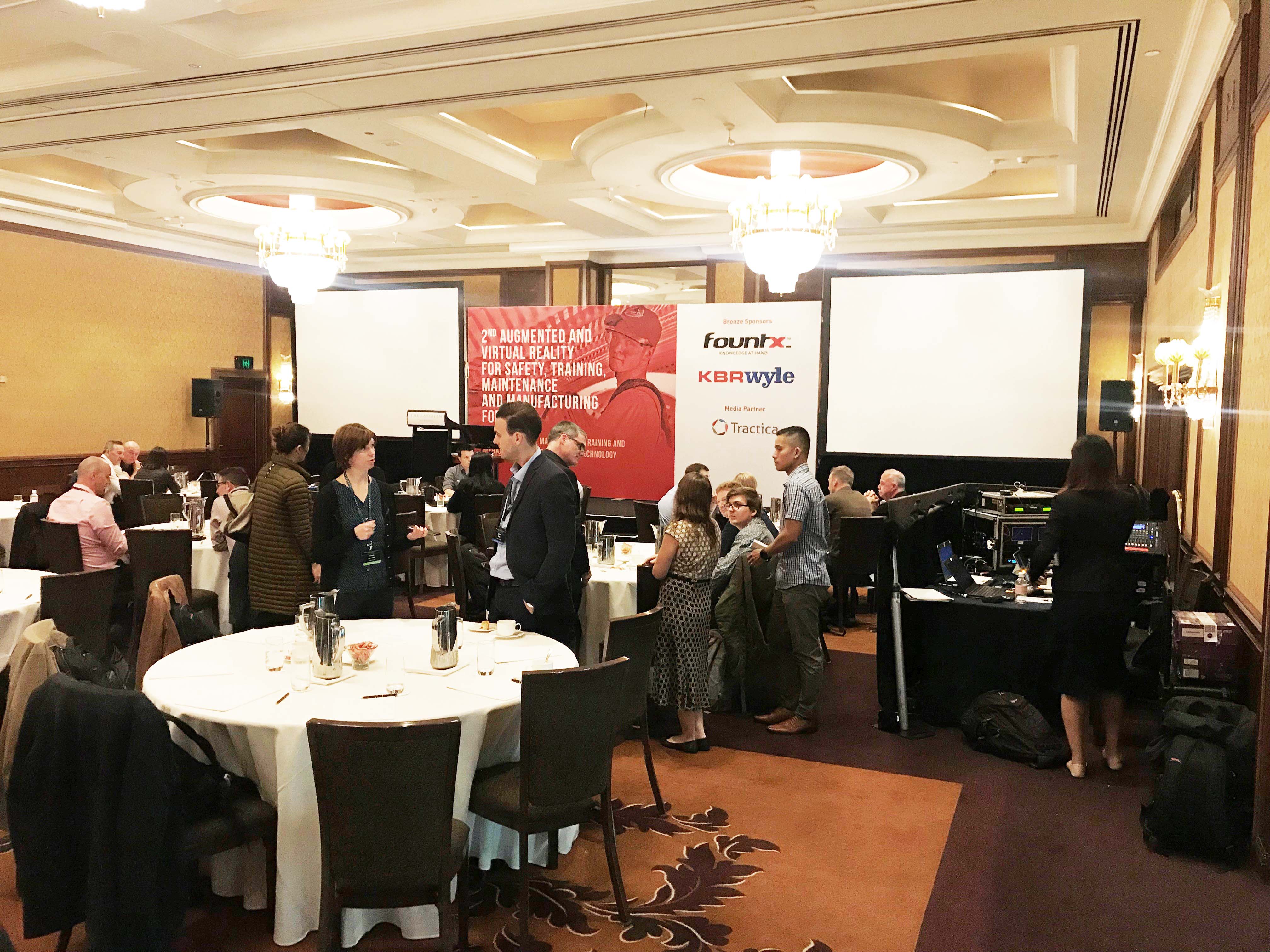Wiley recently attended ‘2nd Immersive Augmented and Virtual Reality Customer Experience, Marketing and Product Development Forum’, in Melbourne, Victoria. We love sharing our learnings with our network, to help us all reach peak performance. Wiley’s Heath Barker attended the conference and shares his highlights below.
While Wiley have been playing in the AR and VR space for about eight years, industry is only now reaching a point where these technologies are becoming common tools used to drive better communication, efficiency and quality. I saw some great examples of this at the conference and I spoke with a number of industry leaders from places like Microsoft, HTC, Airbus, Major Universities and Schools, Accenture, Ericsson, Honeywell and Australia Post and I wanted to share some of the key things that I took away from the event. Our colleague, Brett Wiskar was also at the event, he presented on AR/VR Reality implementation for the agriculture and livestock sectors.
- Web 3.0 is where we are heading and this will support both AR and VR experiences with block-chain at the foundation ensuring that data is secure and owned by the creators. The days of Apps that need to be downloaded and AR markers that need to be printed and scanned are going away. It was great to hear that schools in Australia are teaching kids about these things from as early as grade 2.

- AR and VR are still facing barriers and the key ones are:
- Culture – managers/decision makers often still don’t understand the value and opportunity
- Bleeding edge – managers/decision makers don’t want to be first
- Content – there is still not a large number of high quality experiences available. In fact, many are very poor examples of AR/VR that do harm to the industry
- Consumers – the cost and perception of these technologies are still barriers but this will change rapidly as costs come down and Millenials (who are now adults) are the focused market
- Start with Why. AR or VR are not always the solution. It’s common for companies to pick these technologies because they are seen as innovative and ‘cool’. These are not good reasons for developing AR or VR and will typically end poorly. It is really important that your focus is on ‘why’ you do what you do and working back to ‘what’ systems and technologies will support that.
- Making a good AR or VR experience is often labour intensive so we need to be thinking about the life of the project.
 Sometimes it’s ok to have a one-off experience that is thrown out afterwards, provided it drives others to use it by them talking about it or sharing it. Companies like Audi believe in the idea of “experienced by few, seen by many”. This means capturing the excitement of people experiencing AR or VR and sharing it with the world. This requires more work such as using clever editing techniques that merge the person with the experience. They do this because just showing what the person sees doesn’t translate well.The other way to derive the best value of an AR or VR experience is to use the data for future works. In industry this means leveraging the 3D models and developing them into visual construction timelines and interactive interfaces for Building Management Systems. Where every element of a facility is tagged for the build and the ongoing operations and maintenance. In the last few years Wiley we have been doing this, and I’m excited to see where it is going.
Sometimes it’s ok to have a one-off experience that is thrown out afterwards, provided it drives others to use it by them talking about it or sharing it. Companies like Audi believe in the idea of “experienced by few, seen by many”. This means capturing the excitement of people experiencing AR or VR and sharing it with the world. This requires more work such as using clever editing techniques that merge the person with the experience. They do this because just showing what the person sees doesn’t translate well.The other way to derive the best value of an AR or VR experience is to use the data for future works. In industry this means leveraging the 3D models and developing them into visual construction timelines and interactive interfaces for Building Management Systems. Where every element of a facility is tagged for the build and the ongoing operations and maintenance. In the last few years Wiley we have been doing this, and I’m excited to see where it is going.
- Wearables have a place but comfort, safety and weight remain large barriers for regular use. Quite a bit of the industry and research is heading towards wearing head mounted devices that are hinged away from the eye when not required. People still like to have uninterrupted vision when augmented information isn’t required. When that extra information is required, such as remote assistance from a specialist on how to complete a task, it was interesting to see just how important the specialist’s hands are in demonstrating how to do that task. There has been a lot of work lately in making this process as seamless as possible.
I want to finish by talking about some ideas for getting the most out of the Hololens, which is a tool that we use at Wiley but we struggle with the performance limitations. I spoke with Rocky Heckman of Microsoft’s Mixed Reality Studios to get some tips and what he said is that companies like NASA are offloading the hard work to a computer and then sending
 the information to the Hololens. This is very positive because it means that devices can be very small and light and have increased battery life. The way that NASA does it for their Mars hologram (where people can walk on a Mars hologram that is made of actual photos of the Mars surface, captured by the Rover) it is they offload the texture handling of photo realistic surfaces to a PC and then send that info wirelessly to the Hololens for a seamless, high quality experience. Pretty cool for us geeks at Wiley
the information to the Hololens. This is very positive because it means that devices can be very small and light and have increased battery life. The way that NASA does it for their Mars hologram (where people can walk on a Mars hologram that is made of actual photos of the Mars surface, captured by the Rover) it is they offload the texture handling of photo realistic surfaces to a PC and then send that info wirelessly to the Hololens for a seamless, high quality experience. Pretty cool for us geeks at Wiley
The future is bright for AR and VR and as more people experience applicable examples of it, it is going to blossom into something pretty amazing (I think). It’s still in its infancy and most of the future applications are still unknown. Just like the transition of the mobile phone from a brick for executives to a multi use device for all, AR and VR will transform the way we do life. In case you didn’t know already, I’m pretty excited about that.







